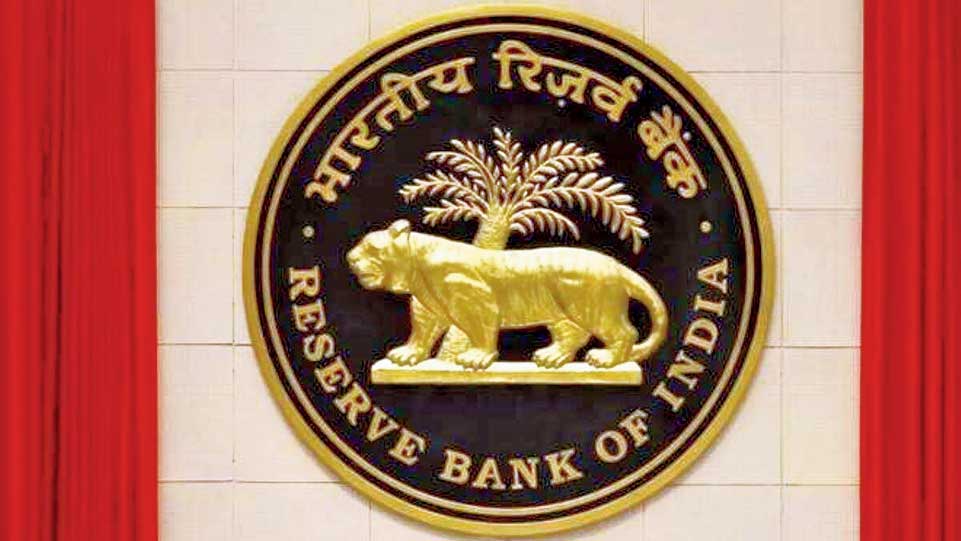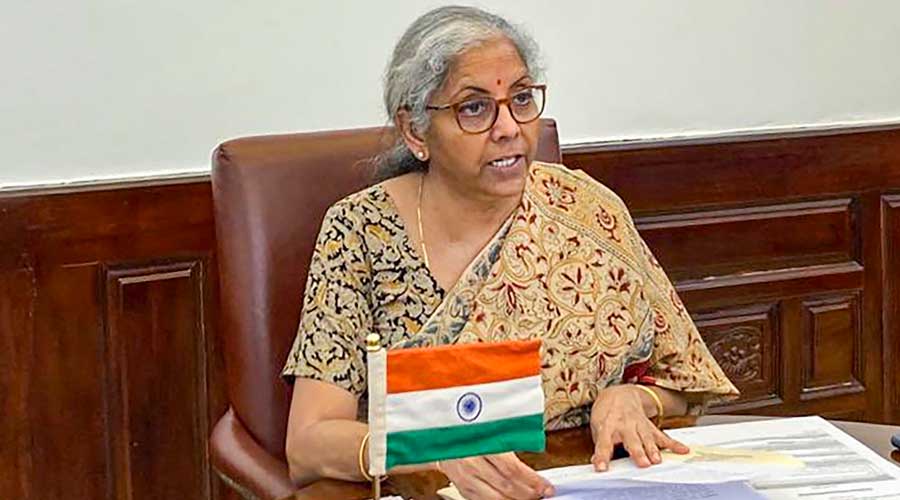The Reserve Bank of India is unlikely to tinker with its key rates at the meeting of the rate setting panel this week as the Omicron virus has opened up uncertainties on multi-fronts that may force it to delay its liquidity normalisation measures. The monetary policy committee (MPC) of the RBi is meeting from Monday to Wednesday.
If it maintains the status quo, MPC will keep the policy rate intact for the ninth consecutive time. While the policy repo rate — interest that banks pay to raise short-term liquidity from the RBI — now stands at four per cent, the reverse repo, which is the interest banks get to park funds with RBI, is 3.35 per cent. The policy corridor between these two rates has widened to 65 basis points last year from the normal levels of 25 basis points.
In its first major sign of policy normalisation post pandemic, the RBI stopped liquidity infusion through the secondary market G-Sec Acquisition Programme (G-SAP) and came up with variable rate reverse repo auction (VRRR) to mop up surplus liquidity. The total absorption under VRRR has increased to Rs 6.95 lakh crore on November 30 from Rs 5.44 lakh crore on October 7 .
Many economists had forecast an increase in the reverse repo rate at the December meeting as the central bank takes measured steps towards normalising the accommodative monetary policy.
However, the detection of the Omicron variant has changed their outlook. With its full impact only evolving amid fears the variant may even escape vaccine immunity, observers feel the RBI may want more time gauge its effect.
“There was growing expectations that in the December MPC meeting, the RBI would hike the reverse repo rate to narrow the corridor between repo and reverse repo rate. However, the new Covid variant Omicron has again pushed the global and Indian economy in a state of uncertainty and nervousness,” Rajani Sinha, chief economist and national director — Research, Knight Frank India, said.
“There is also added uncertainty of any knee-jerk reaction of Indian and global financial markets to Fed’s monetary policy indication/action. In such a scenario, RBI in its upcoming meeting is likely to keep the rates on hold,’’ he said.
Sinha said on the growth front, while most economic indicators have surpassed pre-Covid levels, there is still a lot of slack in the economy. Therefore the RBI may decide to wait and watch till the next MPC meeting in February 2022.
The uncertainties surrounding the Omicron virus have been compounded by the global threat of high inflation which is likely to see central banks considering interest rate hikes in the near future.
Economists remain divided as to how inflation would pan out in India: some say it will stay within the target band of 4-6 per cent while others have forecast upward pressures because of rising commodity prices.
The research wing of the SBI said that talks of a reverse repo rate hike in the MPC meeting may be premature.
“We maintain our call for a reverse repo rate hike in February with the December meeting remaining a close call. We expect the RBI to continue on its path of normalisation with the reverse repo rate hike in February policy and repo rate hike in mid-2022-23,” it said.
The report said the RBI has been able to narrow the rate corridor as short-term rates have risen because of the VRRR auction, without the noise of rate hikes and ensuing market cacophony. Against this background, delaying normalisation measures is prudent in the current situation which would also give time for economic recovery to strengthen further.
On inflation, the SBI report said that increase in tariffs by telecom companies is likely to have some positive impact. It has forecast retail inflation to come at 6.3 per cent in the fourth quarter of this fiscal.












